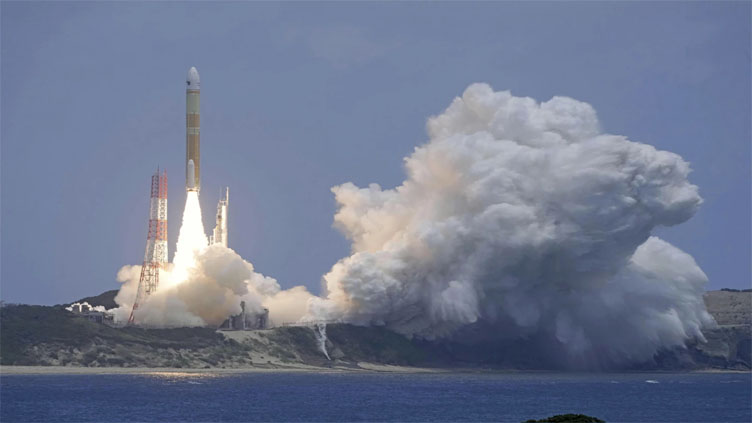Japan successfully launches an advanced Earth observation satellite on its new flagship H3 rocket

Technology
Useful for data collection for disaster response and mapmaking
TOKYO (AP) - Japan successfully deployed an upgraded Earth observation satellite for disaster response and security after it was launched on a new flagship H3 rocket Monday.
The H3 No. 3 rocket lifted off from the Tanegashima Space Center on a southwestern Japanese island and released its payload about 16 minutes later, putting it into a targeted orbit as planned, the Japan Aerospace Exploration Agency, or JAXA, said during a livestream.
The Advanced Land Observation Satellite, or ALOS-4, is tasked primarily with Earth observation and data collection for disaster response and mapmaking, including for volcanic and seismic activity and other land movements.
It’s also capable of monitoring military activity, such as missile launches, with an infrared sensor developed by the Defense Ministry.
JAXA President Hiroshi Yamakawa praised Monday’s successful launch as “a big first step” toward ensuring Japan’s access to space and international competitiveness. “I believe the two successful flights in a row would help gain trust from in and outside the country.”
JAXA’s H3 Project Manager Makoto Arita said the mission was “almost a perfect success.” The ALOS-4 is a successor to the current ALOS-2 and can observe a much wider area. Japan will operate both for the time being.
The launch was the third of the H3 system, after the successful one on Feb 17. and the shocking failed debut flight a year earlier when the rocket had to be destroyed with its payload — a satellite that was supposed to be the ALOS-3.
Japan sees a stable, commercially competitive space transport capability as key to its space program and national security.
JAXA and its main contractor Mitsubishi Heavy Industries have been developing the H3 launch system as a successor to its current mainstay, H-2A, which is set to retire after two more flights.
MHI will eventually take over H3 production and launches from JAXA and hopes to make it commercially viable by cutting the launch cost to about half of the H-2A.
“We will continue to improve our success record and gain trust from our customers,” said Koji Shimura, H3 project manager at MHI’s defense and space segment.



